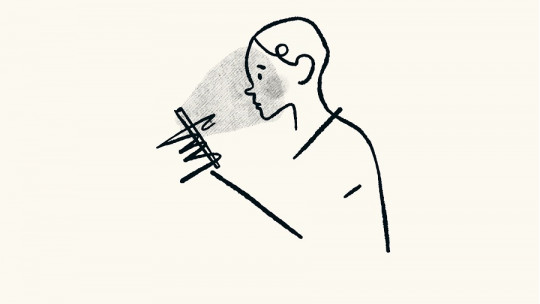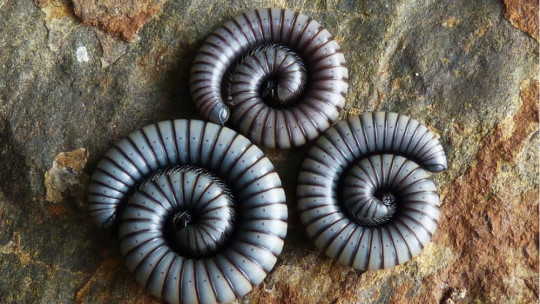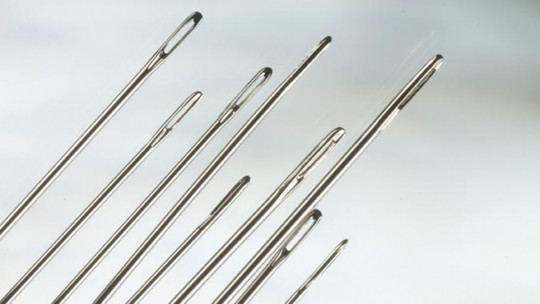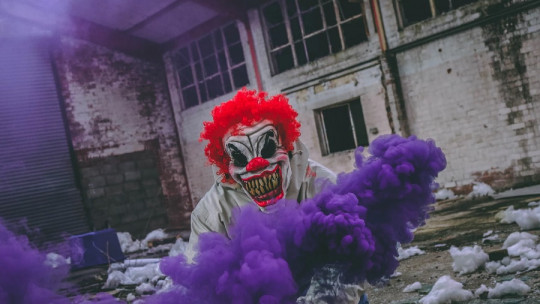
Phobias are a set of psychopathologies associated with very high states of anxiety that are triggered by the appearance of a specific catalyst that does not pose a danger proportional to the intensity of the reaction experienced by the person, such as a pet, a vehicle or a meteorological event.
There is a wide variety of phobias because Virtually any experience can offer the type of stimuli capable of triggering phobic symptoms. And in fact, in most cases, a good part of these phobic disorders have very similar characteristics, so in some aspects they overlap. However, there are two types of phobias that should not be confused: the phobia of blood, on the one hand, and the phobia of needles or injections, on the other. In this article you will find a summary of their differences.
What are phobias?
Phobias are psychological disorders characterized by the appearance of irrational and intense fear triggered by a relatively harmless stimulus or linked to something that does not entail significant danger, such as a conversation with strangers, spiders, storms, clowns, etc.
These types of disorders are included within anxiety disorders and are commonly accompanied by states of discomfort, anguish, agitation and intense terror in the most acute cases, as well as other associated physical symptoms. When the symptoms of phobias emerge, an intense need to avoid these types of stimuli or to run away usually appears, and the feeling of loss of control over one’s body in addition to other phenomena linked to anxiety: tremors, dizziness, accelerated heart rate, etc.
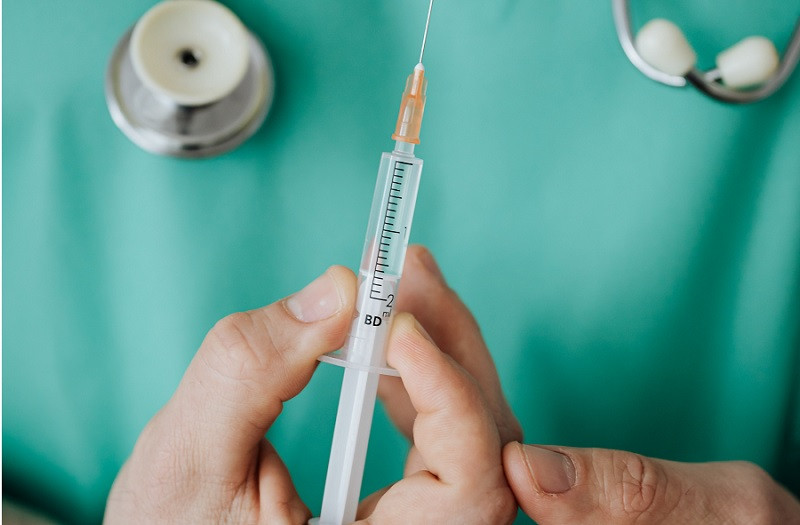
One of the main characteristics of phobias is that the fear experienced is always subjective and perceived by the affected person, and that the trigger of said fear almost never poses a real threat to their physical integrity. The person suffering from the phobia may know that he is not in real danger from a rational point of view, but despite this he feels in danger.
Some of the stimuli that can trigger the appearance of a phobia or irrational fear in a person can be spiders, closed spaces, open spaces with people, flying on an airplane, etc.
Any type of phobia, no matter how ridiculous it may seem to the outside observer, should not be underestimated since it is a disorder with a great capacity to damage the quality of life of those who suffer from it.
On the other hand, among the most common phobias we can find the phobia of blood and the phobia of needles, two disorders that may seem very similar, but contain different characteristics that must be known.
What are blood phobia and needle phobia?
Blood phobia or hematophobia is included, like all phobias, within anxiety disorders, and consists of the appearance of generally high states of anxiety, anguish or discomfort in the presence of blood (own or someone else’s) or in the possibility of seeing blood in any situation.
It is one of the most common types of phobia that exist in the world and has the highest prevalence in people of all ages, generally appearing for the first time during childhood (7-8 years) and exerting a notable influence on life. of the person to the point of modifying their lifestyle habits and carrying out certain activities in order to avoid situations capable of causing injuries (or even cuts or punctures in a context of medical intervention).
On the other hand, needle phobia, or trypanophobia, is, on the contrary, a type of phobia characterized by an irrational fear of real or imagined needles and injections and also before the idea of being subjected in the present or the future to any type of puncture in the body.
Differences between blood phobia and needle phobia
Both needle phobia and blood phobia share common characteristics, which is why they belong to the group of phobias called “Blood-injections-Damage”, since they are related to damage or intense pain in the body itself.
However, there are also essential differences that distinguish both phenomena, which must be taken into account.
Blood phobia usually presents the bulk of anxious-avoidant symptoms that present the majority of phobias that exist. Some of the catalysts or stimuli that trigger anxiety are related to the appearance of wounds and cuts both on the body itself and on other people and also in tests of all kinds carried out in the medical field.
People who have a phobia of blood usually avoid going to the doctor and exposing themselves to any type of medical examination or test that involves needles, injections or piercings in the body itself.
Besides that, blood phobia also presents its own characteristic symptoms, such as the biphasic response, a physiological phenomenon so called because it occurs in two phases. The first consists of a sudden rise in blood pressure and respiratory rate; and the second is based on the drastic drop in both indicators.
This biphasic response usually results in fainting on the part of the person with a blood phobia, due to the activation of two opposing mechanisms in the human body and the rapid change in blood pressure. And, on the other hand, the biphasic response is not so associated with needle phobia, in which it is usual for blood pressure to remain at high levels throughout the course of the crisis that the person suffers.
On the other hand, It is believed that the psychobiological mechanisms on which both types of phobias are based may be different. While needle phobia does not seem to be very different from other specific phobias, it makes sense that blood phobia is based on an innate predisposition to avoid situations in which blood is spilled, given that for hundreds of thousands of years years of evolution of our lineage, these events often have relevant implications for our own survival. From this point of view it is useful to be able to react quickly to a possible danger capable of causing injury, and then to lower blood pressure greatly to avoid as much as possible a large amount of blood loss if damage has occurred to the body. .
Another of the main differences between both types of phobia is the trigger that generates the symptoms of fear and anxiety: while in the case of blood phobia it is always the anticipation, vision or imagination of blood in any scenario, in the phobia of needles, the catalyst is the needle as an object, without the need for the appearance of blood or the expectation that the skin will be pierced by that object.
Treatment of phobias in psychotherapy
A psychotherapeutic intervention by a qualified professional is the best option to successfully treat phobias of all types and for the person to acquire a series of useful knowledge and strategies that they can put into practice in their daily lives to overcome their phobia. Luckily, psychotherapy is very effective in helping people overcome phobias in a matter of weeks.
The treatment of phobias is usually cognitive-behavioral, one of those that have proven to be most effective to date in treating this type of irrational fears. In cases like this, part of the techniques are based on helping the person face what causes them fear, but without completely giving in to panic and the desire to flee, resisting a certain level of discomfort to, little by little, go getting used to the phobic stimulus. This is achieved using, for example, the controlled exposure technique.
Another strategy that psychology professionals use in cases of phobias is cognitive restructuring, that is, helping the person to acquire much more positive and adaptive thoughts and cognitive processes that allow them to overcome their anxiety, leaving aside dysfunctional beliefs. about the supposed danger of the phobic stimulus and one’s ability to cope with these situations.
And finally the Applied Tension technique, a technique consisting of applying tension to certain muscle groups of the patient to avoid fainting or fainting when exposed to the source of fear.
Do you want to start a psychotherapy process?
If you need psychotherapeutic assistance for a phobia problem or other disorders linked to fear or anxiety, contact me.
I am an expert psychologist in the treatment of anxiety problems and I offer sessions in person and by video call.

